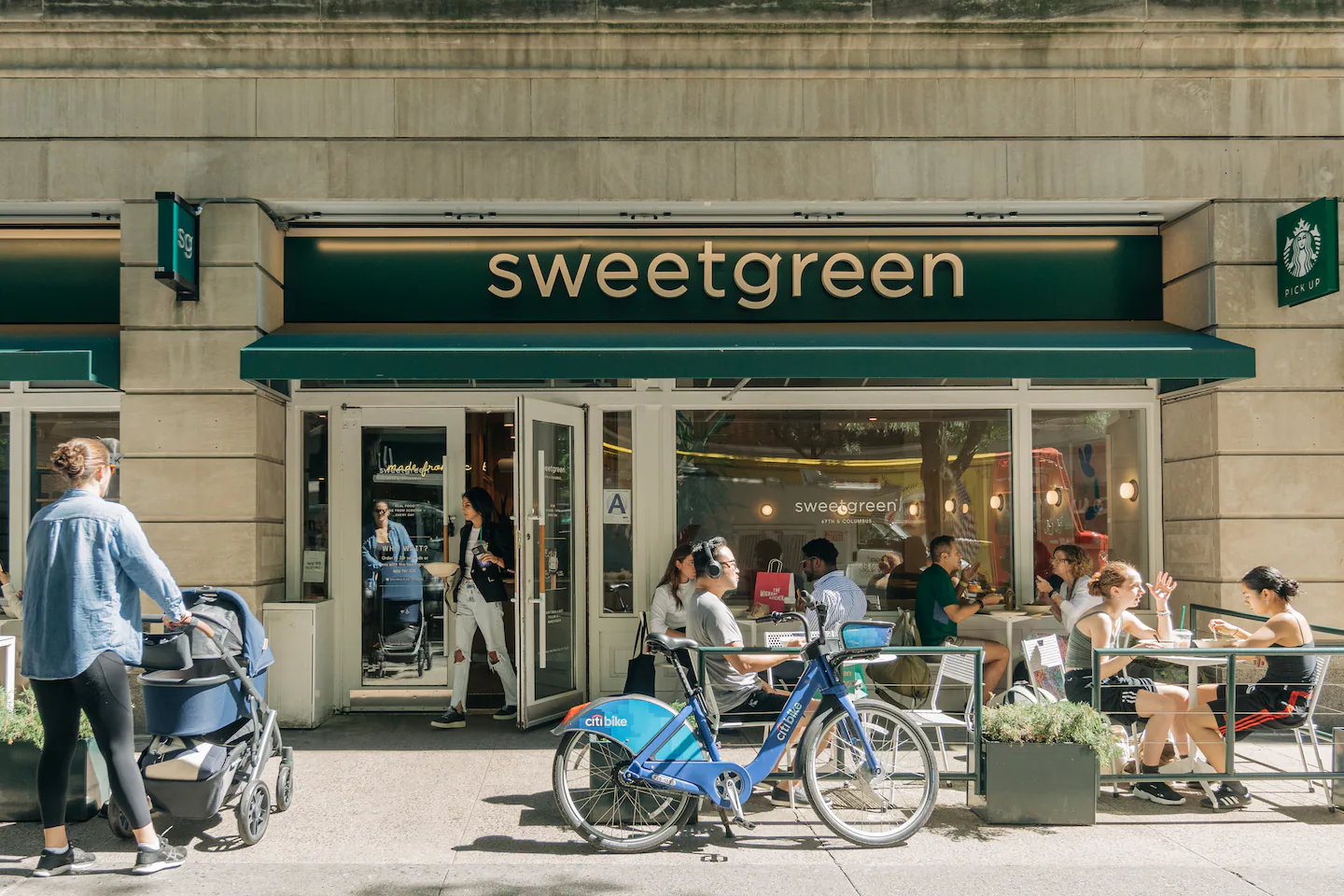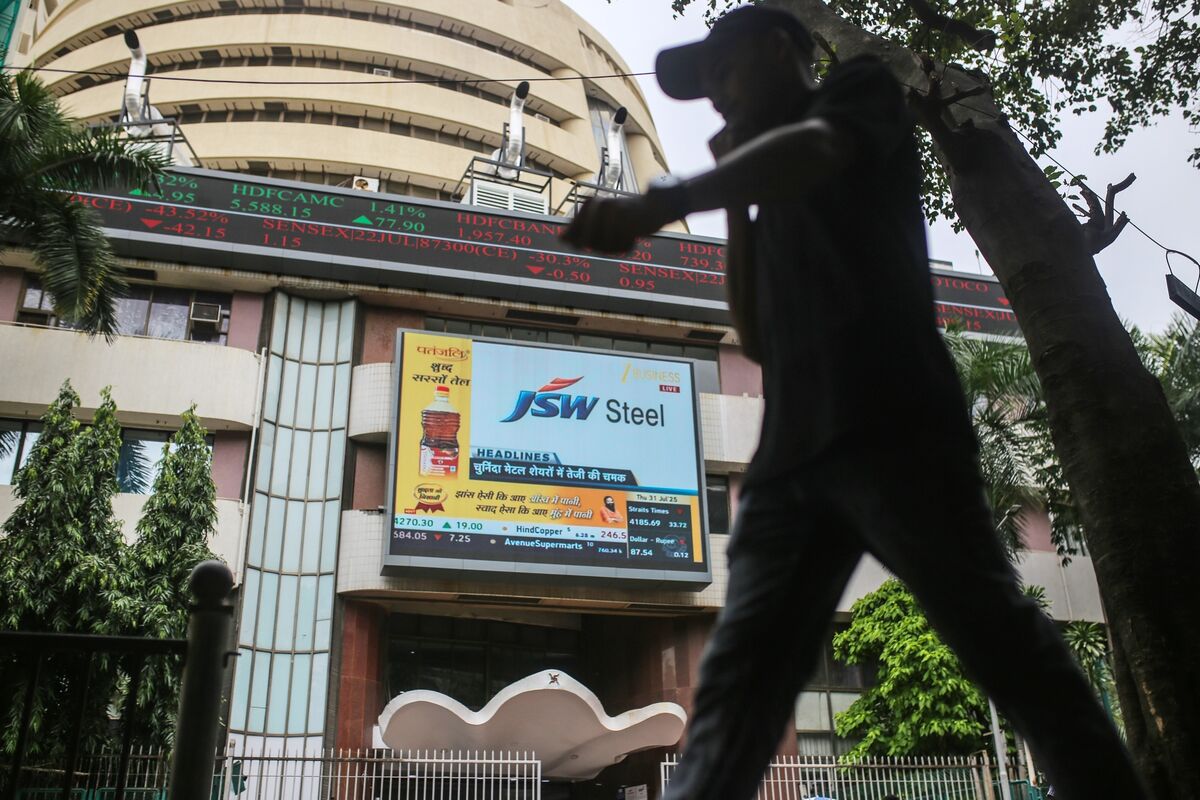
Working-class Americans – already up against waning wage growth and rising housing and electricity costs – are easily burned by any increase in grocery prices and tariff-fueled increases on household staples, apparel and furniture, according to recent Moody’s Ratings report. They’re increasingly dipping into their savings, racking up more debt, and pulling back on discretionary spending, according to recent government data, analyst reports and retail executives.
Meanwhile, those in the middle- and upper-income tiers are being more strategic about when to make big purchases, buying in bulk and shopping at cheaper retailers, said Mickey Chadha, a Moody’s retail analyst and vice president. Walmart, Dollar General and Dollar Tree have told investors that they’ve picked up share among wealthier consumers looking for bargains. And sales in the luxury sector are weakening as customers grow increasingly fed up with brands charging higher prices without notably improving quality and offering compelling new merchandise.
High earners are still largely holding up consumer spending, which accounts for about 70 percent of the gross domestic product. But it’s become a narrower base: The top 10 percent of earners – making $250,000 or more annually – accounted for 49.2 percent of spending in the second quarter, according to Moody’s Analytics. That’s up from 45.8 percent during the same period two years ago.
And that won’t be enough to shield the U.S. economy, said Marshal Cohen, chief retail adviser at market research firm Circana.
“When the lower income falls behind their spending power of previous years, it’s not easy to make up the difference,” he said. “It adds up. It’s hard to get equal growth to match up to the decline that occurs when lower income consumers pull back.”
Several major brands, retailers and quick-service restaurant chains have lowered their financial outlook for the year, signaling a broader downturn. Target chief commercial officer Rick Gomez told investors in an earnings call last month that the company is “planning cautiously for the back half of the year, given continued uncertainty and volatility.” Meanwhile, PepsiCo, Kimberly-Clark and Procter & Gamble have slashed their earnings guidance as tariffs cut into their margins and consumers substitute their brands with cheaper store labels.
Chipotle, IHOP, Applebee’s and Sweetgreen have all noted that their customers are pulling back.
“I think it’s pretty obvious that the consumer is not in a great place overall,” Sweetgreen co-founder and chief executive Jonathan Neiman said last month in an earnings call.
Fresh government data also reveal a deceleration. The U.S. Census Bureau’s August retail sales report released this week showed year-on-year spending increased only marginally once adjusted for inflation, after years of resilient growth.
Notably, Cohen said, unit sales – the total sales of any given product within a specific window of time – are flat or down depending on the category, about 3 percent lower year-on-year.
This suggests that the lower-income consumer is “even more frugal and more creative and more value-centric,” he said.
Cohen also cautioned that higher-ticket and in-demand products can skew that picture. Video games, top-tier technology and prestige beauty, which are often purchased by middle- and higher-income consumers, can boost sales in certain product categories but don’t meaningfully reflect broader spending, he added.
“When you’re selling a $500 plus Nintendo Switch 2 for the past two months, take that out of the equation because it’s an unusual aberration,” he said. “You wouldn’t see dollar growth.”
Lower-income Americans are often the first casualties when the economy weakens, experts warn. The cooling labor market has disproportionately dampened their spending – and while their wages saw a dramatic increase during the pandemic, the rate of growth has now slowed, Li said.
This comes as housing and utility costs are rising. Gas and electricity bills spiked in August, according to the latest consumer price index report, increasing 13.8 and 6.2 percent, respectively, since last year. The poorest 20 percent devote about 40 percent of their income to housing, whereas the richest 20 percent typically spend less than 30 percent, Li said.
“It’s been one of the big factors of the lower-income cohort getting a lot more squeezed,” Chadha said. “They have to take care of [housing expenses] before they can spend on anything else.”
The money that’s left isn’t going as far: Grocery inflation hit a two-year high in August, increasing 0.6 percent month-over-month. Tariffs are also causing price hikes in apparel, toys, appliances and furniture. And for some consumers, a chunk of their monthly budget is allocated for student loan repayments, which resumed earlier this year.
Cohen expects this cohort will dig themselves into more debt during the holiday season, when shoppers will “stretch well beyond their means,” leaning on credit cards and buy now, pay later services to push payments into next year.
For parents, the thinking is they’re not going to make their kids suffer “because the economy is struggling,” he said.
Lanadjah Greene, 23, moved from Aurora, Colorado, to Milwaukee last year hoping to save money. She had left her job at Target to get an associate’s degree online in medical billing, and she thought she could better afford rent and groceries after the move. Wisconsin is cheaper than Colorado, but the savings she had hoped for aren’t there.
“Living expenses are actually very expensive in the Midwest now,” she said.
Greene finds herself taking home store-brand products instead of name brands. She sometimes babysits, does someone’s hair, or sells her own plasma to earn some extra cash.
It’s becoming harder for this group to squirrel away and invest money, Li said. They’re tapping their savings, which are 22 percent below pre-pandemic levels, according to the Moody’s report. This makes them more vulnerable to sudden shocks, such as medical emergencies or car troubles.
Future cuts in federal assistance mandated under President Donald Trump’s massive tax and immigration legislation enacted earlier this year, like Medicaid and SNAP cuts, will cause an added burden, Cohen said. “The consumer will have to spend on things they weren’t spending on before … [and it will] erode their spending power.”



